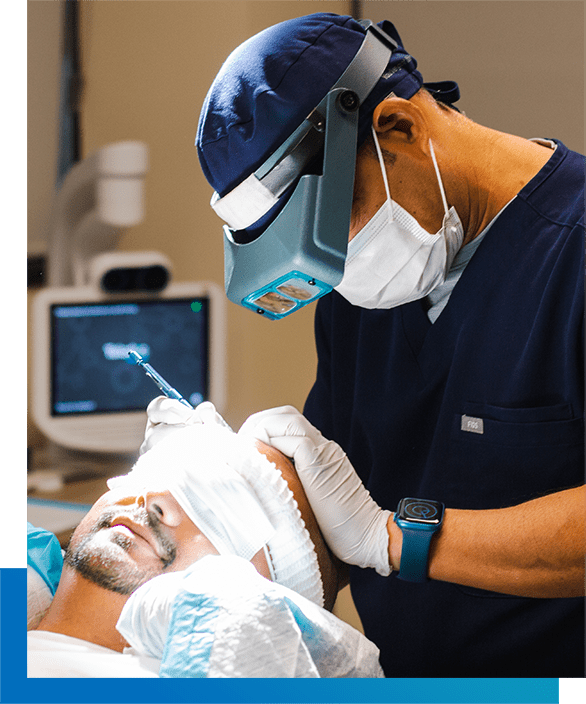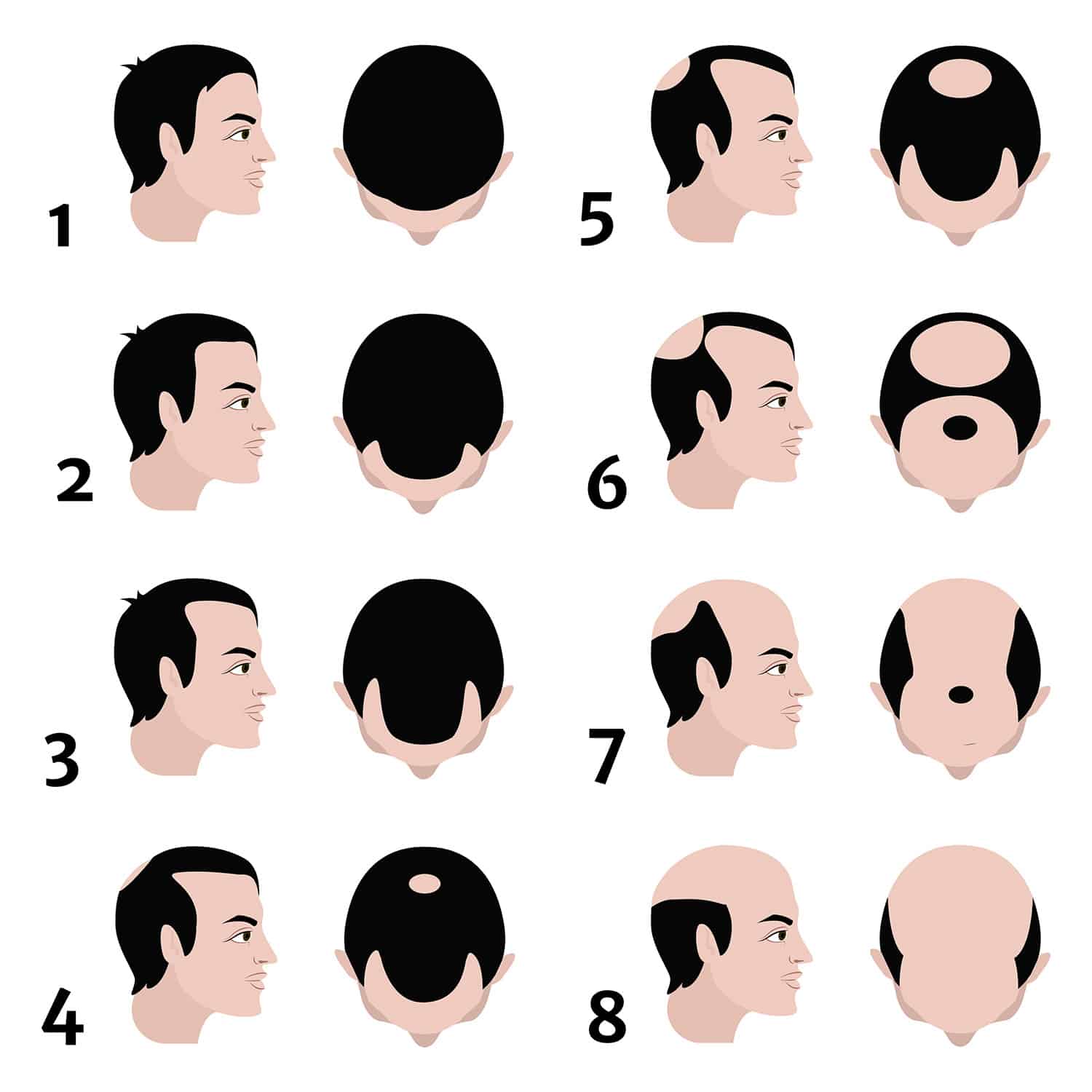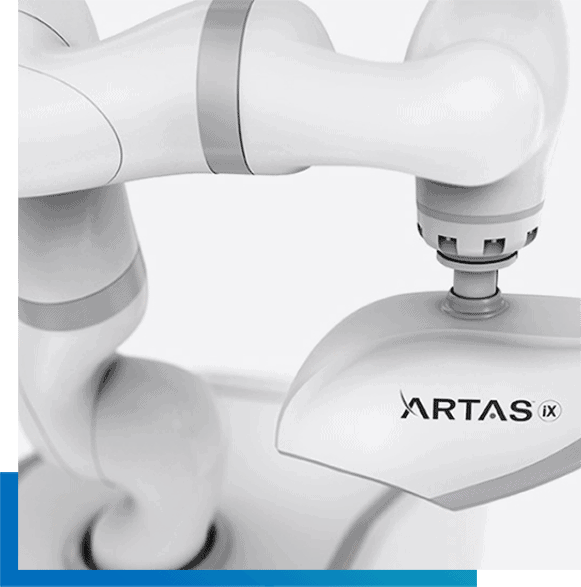
Expert Hair Loss Treatments
If you’re looking for superior solutions to hair loss, Austin Hair Restoration Clinic can help. As a top-rated clinic in the area, we have decades of experience treating all forms of hair loss — from male pattern balding to alopecia.
Our medical professionals will provide the best options to restore your hair and boost your confidence. Visit Austin Hair Restoration Clinic today to learn more about our cutting-edge treatments and start your journey to a healthier head of hair!
When is the right time for a hair transplant?
Do you wish you had more coverage? Are you experiencing hairline recession or a noticeable thinning on any part of your scalp? Then it may be time to consider surgical options.
Don’t wait! Studies show that when people think they are just starting to lose hair, they often have actually experienced 50% hair loss. So if you wait too long, a transplant may not be a viable solution.
Do you wish you had more coverage? Are you experiencing hairline recession or a noticeable thinning on any part of your scalp? Then it may be time to consider surgical options.
Don’t wait! Studies show that when people think they are just starting to lose hair, they often have actually experienced 50% hair loss. So if you wait too long, a transplant may not be a viable solution.
Norwood Scale
The Norwood Scale is useful for identifying the degree of male pattern baldness and the stages of progressive hair loss. In addition, it offers an easy-to-understand guide when deciding if a hair transplant procedure is right for you.
If you identify with images three to seven, now is the best time to consider a hair transplant.


ARTAS® iXi Robotic Hair Restoration
The ARTAS® system takes individual hair follicular units from the back and side of the head. These areas are not impacted by male pattern baldness. These follicles are then transplanted into thinning or balding areas of the anterior scalp, mid-scalp, or crown.
By using 3D imaging and mapping, artificial intelligence, and robotic technology, the ARTAS® system perfects this process with the exact right placement every time. Precision matters! ARTAS® eliminates human fatigue and human errors associated with other methods.
Capillus Low-Level Laser Hair Therapy
Capillus low-level laser therapy (LLLT) is an FDA-cleared solution that uses laser light energy to stimulate the hair follicles to return to the growth phase.
The light wavelength emitted from the Capillus laser cap will repair tissues that have impaired cellular metabolism by promoting blood circulation, encouraging regeneration of normal healthy tissues, and encouraging biostimulation of the hair follicles resulting in a thicker, fuller head of hair.


Eyebrow Hair Transplant
During an FUE eyebrow hair transplant surgery, hair follicles are extracted from the back of the head and transplanted into the eyebrow region to create a fuller, natural-looking brow.
Each hair follicle is expertly transplanted with extreme accuracy and attention to detail to ensure a subtle and natural-looking result.
What Our Clients Say
“I have absolutely no complaints. They did a fantastic job.”
“It’s been very much a confidence builder for me.”
“My kids tell me I look younger. My wife tells me I look younger. I feel better about myself.”
CLAIM YOUR SUMMER DISCOUNT NOW!

